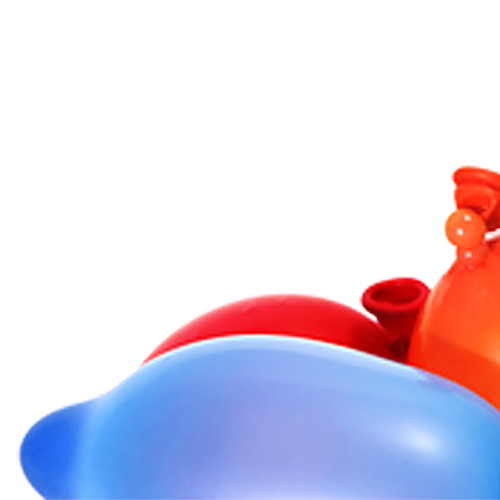You have decided to protect yourself by using a condom during sexual intercourse? Good for you! Now, how do you choose the model that suits you best?
Why is the male condom popular and recommended by healthcare professionals?
The male condom, also called prophylactic, is a sheath or pouch made of flexible material (latex, polyurethane or polyisoprene) that is placed on an erect penis and that traps sperm during sexual intercourse. It therefore prevents sperm from reaching a partner’s mucous membrane, preventing pregnancy and the spread of Sexually transmitted infections (STIs).
Unprotected sexual intercourse can present a health risk. If abstinence is excluded, the condom (for men or for women) is the only contraceptive method that also protects against STIs, not only for the most prevalent ones (e.g., human papillomavirus or HPV), but also for the less common ones (e.g., human immunodeficiency virus or HIV).
The condom is one of the most commonly used contraceptive methods. Among other things, this can be explained by the fact that it is easy to use and because it offers peace of mind to its users.
What are the advantages of using the male condom as a contraceptive method?
- Condoms are economical and easy to use. Additionally, they are easily accessible in pharmacies, bars and a number of other types of businesses.
- They enable people to take charge of their own contraception. There is no need for a medical visit.
- They can be easily and discretely carried.
- Side effects are unlikely, except in the case of an allergy or intolerance to the material they are composed of.
- They do not involve taking any hormones.
- Their use can be stopped at any time as desired.
- When used correctly and every time during sexual intercourse, their contraceptive effectiveness is about 98%.
How can the male condom be optimally used?
Proper use of the male condom considerably increases its contraceptive effectiveness. Here is some information on the subject.
- The condom must be put in place prior to any vaginal, anal or oral contact.
- Adequate lubrication is necessary to make sexual intercourse more pleasant. For instance, a water-based lubricant can be used. Poor lubrication increases the risks of condom damage. Vaseline, and any other fatty substances, may damage latex condoms, and this is also true for certain vaginal creams. Always ask your pharmacist if the vaginal cream you intend to purchase can damage the condom lining.
- The condom must be put in place when the penis is erect. It must be placed at the tip of the penis and held there with one hand. Using the other hand, the condom must be unrolled to the base of the penis. If it does not unroll, this may indicate that it is inside out or that it is damaged or too old. If this is the case, it is necessary to throw it away and use a new one.
- If the condom is not equipped with a reservoir, leave a 1 to 2-cm gap at the tip to retain sperm.
- The condom must be used throughout sexual intercourse, until ejaculation.
- After sexual intercourse, the condom should be removed while the penis is still erect. Otherwise, hold it firmly at the base of the penis when you withdraw it from your partner’s body.
- Never use a condom that is passed the expiry date, damaged or that was stored in poor conditions (e.g., exposed to extreme temperatures).
- If the condom tore or slid down during sexual intercourse, this can increase the risk of unwanted pregnancy. It may then be necessary to consider taking the emergency contraceptive pill (morning-after pill), which can be obtained following a consultation with a pharmacist. Treatment is more effective when it is taken as soon as possible after sexual intercourse, so don’t wait before going to the pharmacy. The maximum time limit is of 120 hours, but the sooner it is taken, the better!
Speak to your pharmacist for additional information about condoms and other contraceptive methods.

